Andrew Achkar
Spectral Metric for Dataset Complexity Assessment
May 17, 2019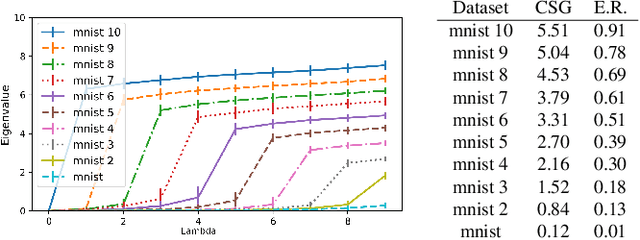
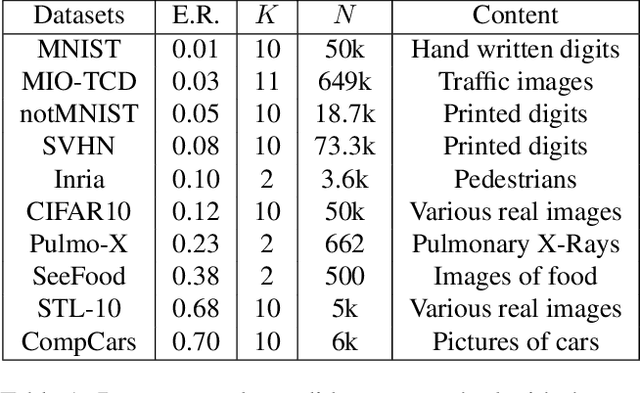
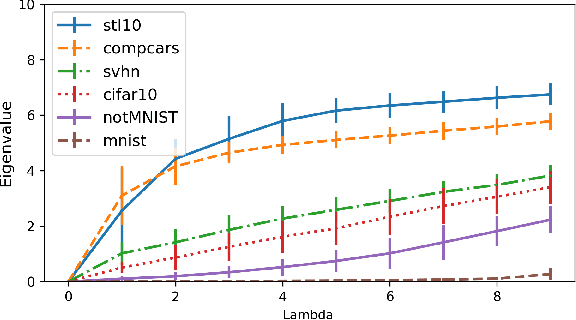
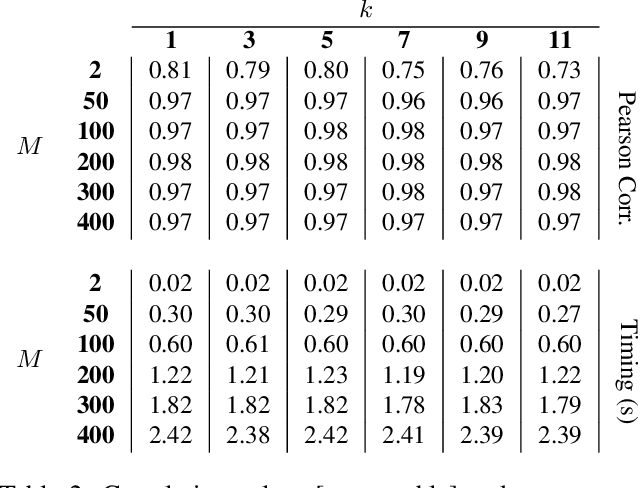
Abstract:In this paper, we propose a new measure to gauge the complexity of image classification problems. Given an annotated image dataset, our method computes a complexity measure called the cumulative spectral gradient (CSG) which strongly correlates with the test accuracy of convolutional neural networks (CNN). The CSG measure is derived from the probabilistic divergence between classes in a spectral clustering framework. We show that this metric correlates with the overall separability of the dataset and thus its inherent complexity. As will be shown, our metric can be used for dataset reduction, to assess which classes are more difficult to disentangle, and approximate the accuracy one could expect to get with a CNN. Results obtained on 11 datasets and three CNN models reveal that our method is more accurate and faster than previous complexity measures.
Structured Pruning of Neural Networks with Budget-Aware Regularization
Nov 23, 2018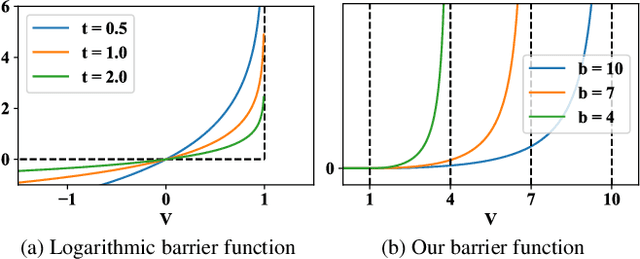

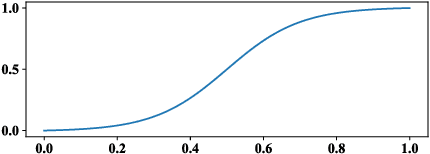

Abstract:Pruning methods have shown to be effective at reducing the size of deep neural networks while keeping accuracy almost intact. Among the most effective methods are those that prune a network while training it with a sparsity prior loss and learnable dropout parameters. A shortcoming of these approaches however is that neither the size nor the inference speed of the pruned network can be controlled directly; yet this is a key feature for targeting deployment of CNNs on low-power hardware. To overcome this, we introduce a budgeted regularized pruning framework for deep convolutional neural networks. Our approach naturally fits into traditional neural network training as it consists of a learnable masking layer, a novel budget-aware objective function, and the use of knowledge distillation. We also provide insights on how to prune a residual network and how this can lead to new architectures. Experimental results reveal that CNNs pruned with our method are more accurate and less compute-hungry than state-of-the-art methods. Also, our approach is more effective at preventing accuracy collapse in case of severe pruning; this allows us to attain pruning factors up to 16x without significantly affecting the accuracy.
 Add to Chrome
Add to Chrome Add to Firefox
Add to Firefox Add to Edge
Add to Edge